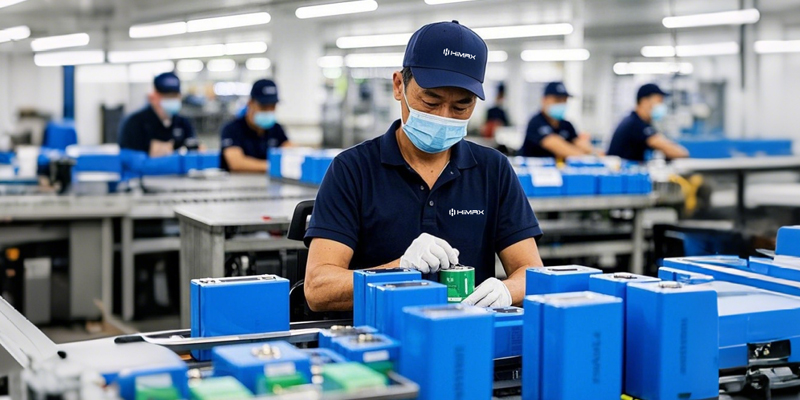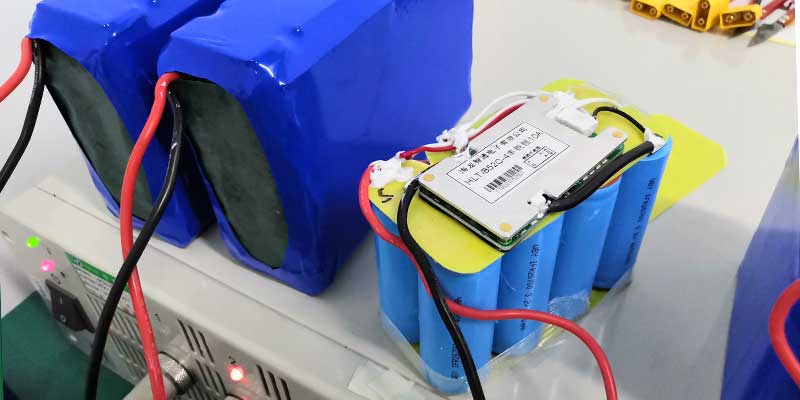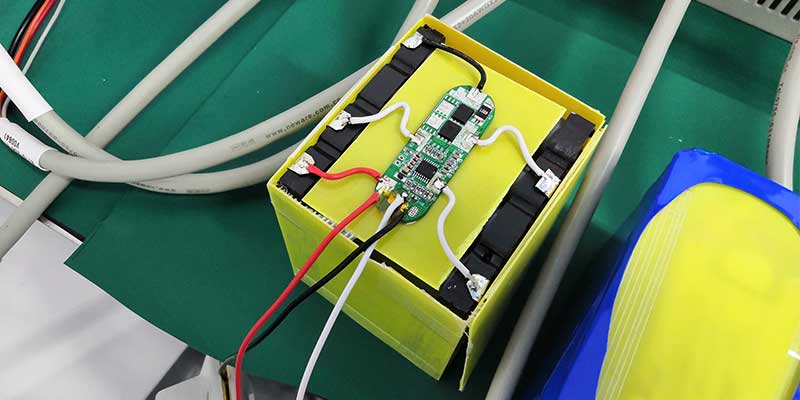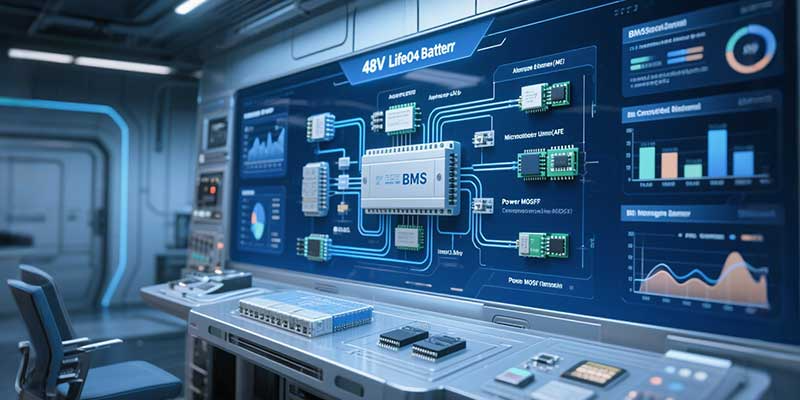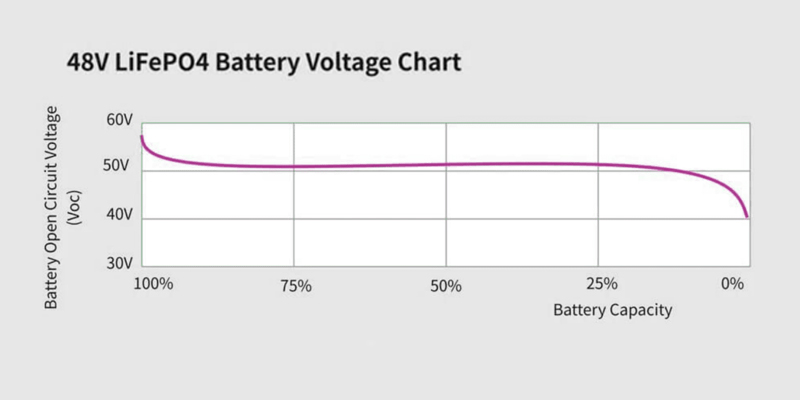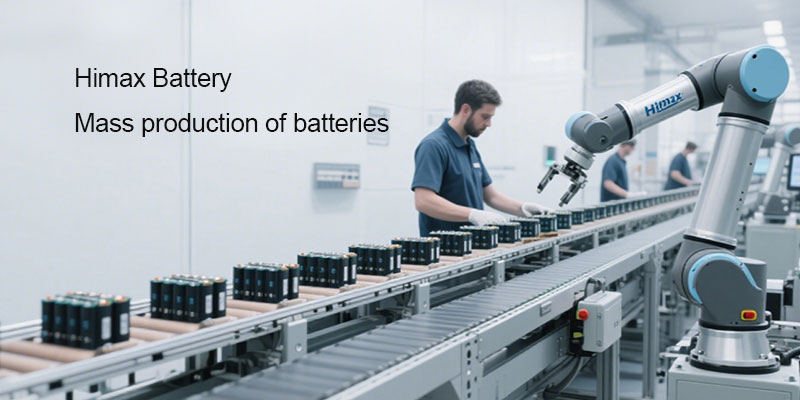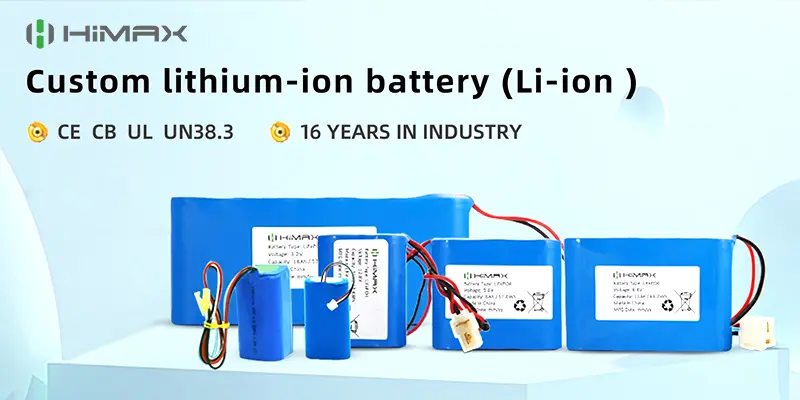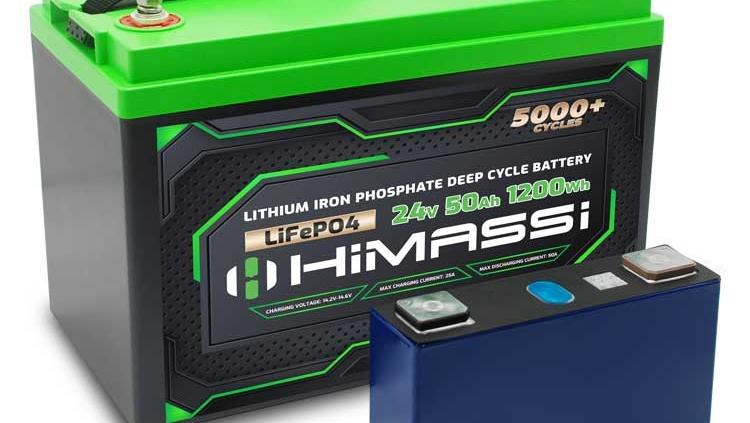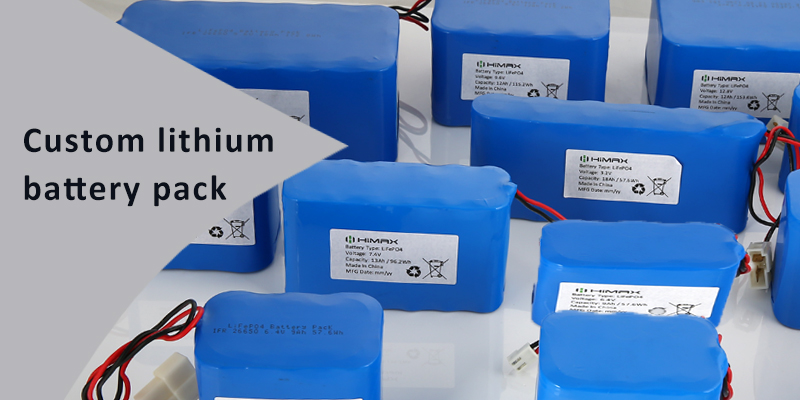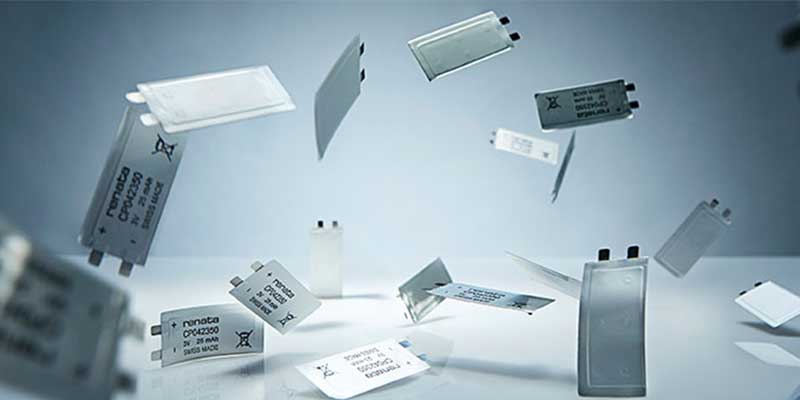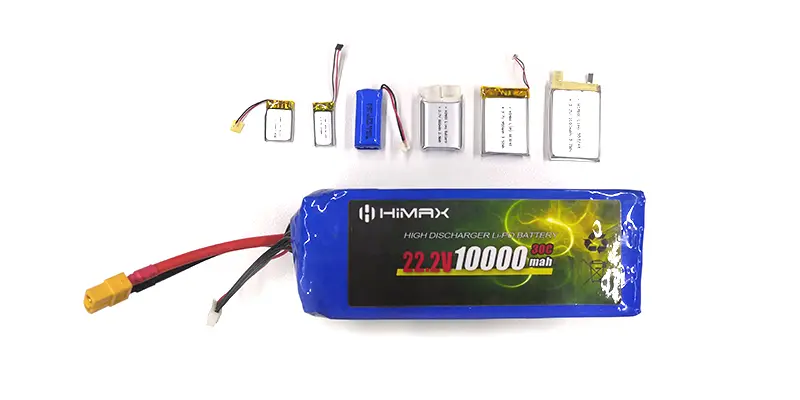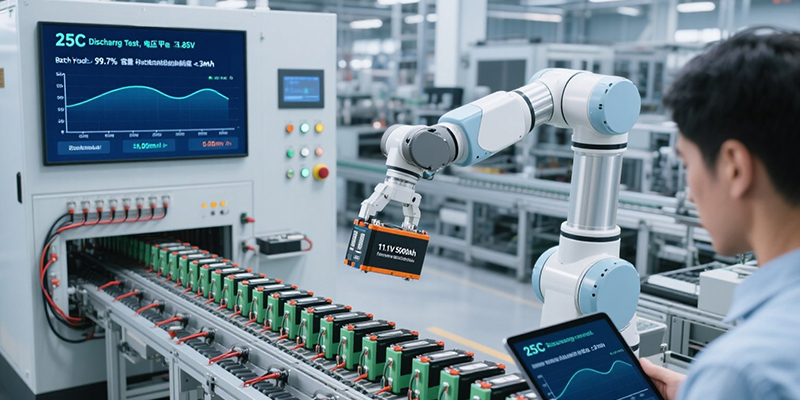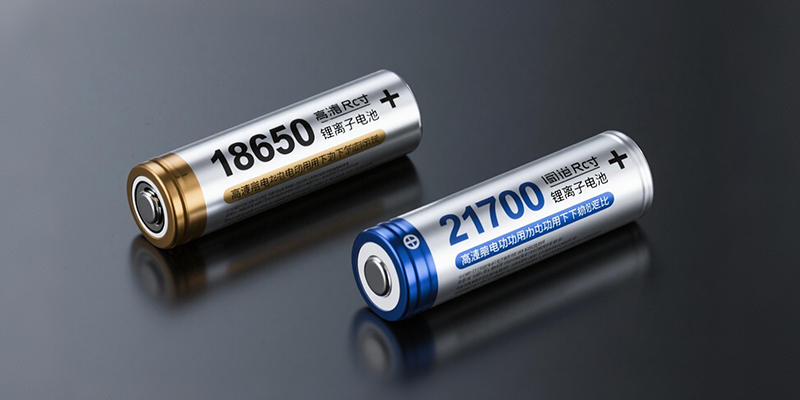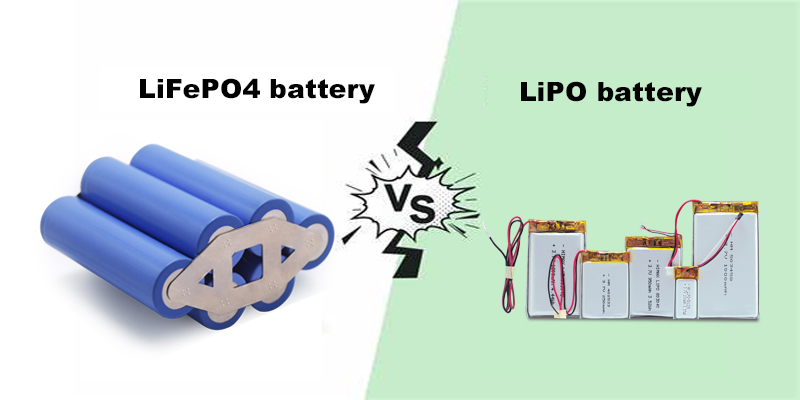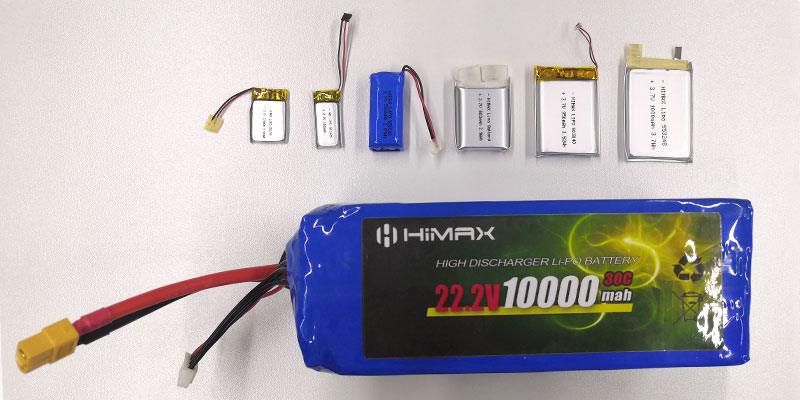When selecting or designing a lithium battery, one of the most important technical factors to understand is the discharge current — both continuous and instantaneous (peak). These parameters directly affect how your battery performs, how long it lasts, and how safely it operates.
At Shenzhen Himax Electronics Co., Ltd., we often emphasize to our customers that understanding discharge current ratings is just as critical as knowing the voltage or capacity. It’s the key to ensuring that the battery truly matches your system’s real power demands.

1. What Continuous and Instantaneous Discharge Current Mean
Continuous discharge current refers to the maximum current a battery can safely deliver on an ongoing basis without overheating or causing damage to its internal structure.
Instantaneous (or peak) discharge current describes the maximum short-term current the battery can deliver, typically for a few seconds, to handle sudden surges such as motor start-ups or load spikes.
In simple terms:
Continuous = the normal, stable power output
Instantaneous = the short burst of extra power
Understanding both ensures your equipment performs smoothly and safely under all operating conditions.
2. Why Knowing These Values Matters
(1) Ensures Proper Performance
If a device demands more current than the battery can continuously provide, voltage will drop and the system may shut down or restart unexpectedly. This is especially common in high-load applications like robotics, electric tools, and e-bikes.
At Himax, our engineers always help customers match the discharge current rating precisely to their load requirements to ensure consistent performance.
(2) Protects Against Overheating and Safety Risks
When a battery is forced to deliver more than its rated continuous current, it generates excess heat. This can cause the cells to swell, degrade, or in extreme cases, lead to safety hazards.
By knowing both continuous and instantaneous limits, you can design protection systems and select appropriate Battery Management Systems (BMS) to prevent thermal damage and maintain long-term reliability.
(3) Extends Battery Lifespan
Running a battery too close to its maximum discharge limit accelerates aging. The internal chemistry deteriorates faster, leading to reduced capacity and shorter cycle life.
At Shenzhen Himax Electronics Co., Ltd., we use high-quality 18650 and 21700 cells to ensure that our lithium battery packs maintain stable discharge performance even under demanding conditions.
(4) Helps Optimize System Design
Understanding discharge behavior allows engineers to properly size cables, choose suitable connectors, and configure the BMS. It also supports better thermal design, ensuring the system remains cool and efficient during heavy load.
This data is particularly useful for integrators working on custom lithium battery packs for robotics, energy storage, or industrial automation — core areas where Himax specializes.
(5) Duration Time is Just as Important
The time that a battery can sustain its peak current matters. For example, a motor might draw 80A for just a few seconds when starting up, then stabilize at 20A during normal operation.
A high-quality lithium battery from Shenzhen Himax Electronics Co., Ltd. is designed to handle these short bursts of high current without triggering protection circuits or overheating — something that cheaper batteries often struggle with.
3.Summary Table
| Parameter | Description | Why It Matters |
| Continuous Discharge Current | The steady current a battery can safely supply | Ensures reliable performance and safety |
| Instantaneous Discharge Current | The short-term maximum current for peak loads | Prevents voltage drops during surges |
| Duration Time | How long peak current can be maintained | Guarantees stability under dynamic conditions |
4. Final Thoughts
Understanding the continuous and instantaneous discharge current — and their duration — is not just about technical precision; it’s about safety, reliability, and real-world performance. Whether you’re powering an industrial robot, a smart mobility device, or an energy storage system, choosing the right discharge capability ensures your project operates smoothly and efficiently.
At Shenzhen Himax Electronics Co., Ltd., we design and manufacture high-performance lithium-ion battery packs tailored to each customer’s power requirements. Our engineering team can help you select or customize the ideal solution with the correct discharge ratings, ensuring your system gets the performance and safety it deserves.

